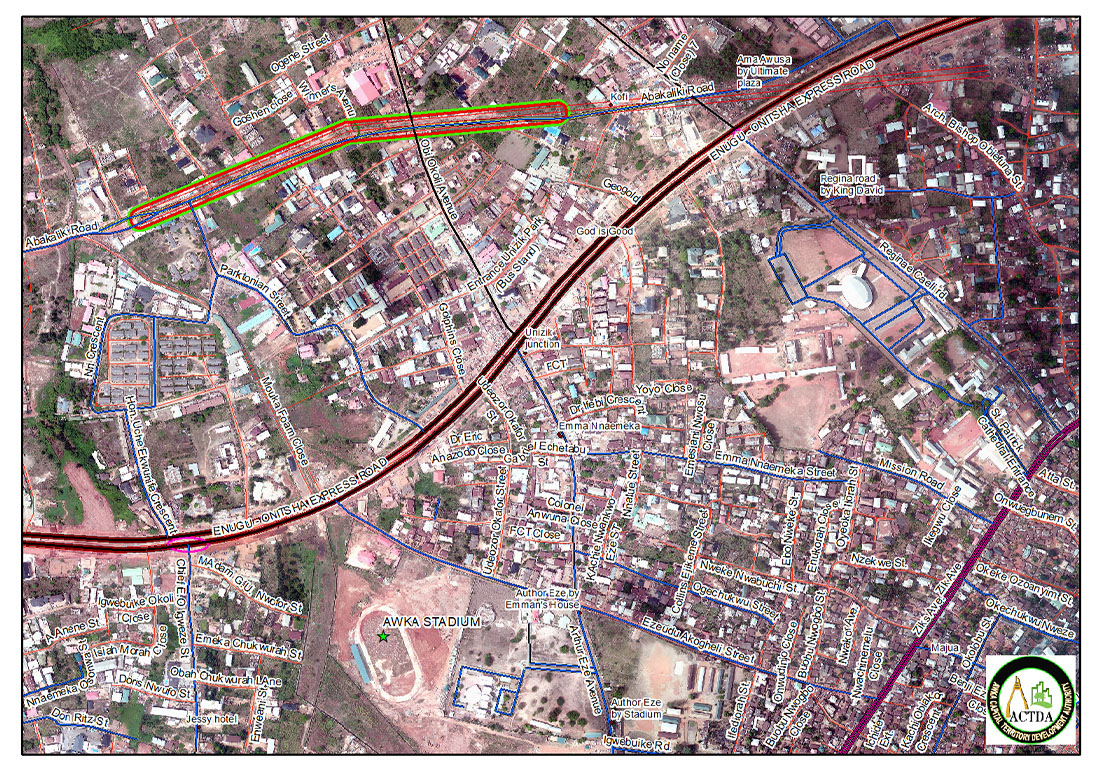Introduction
Green infrastructure represents an approach to water management that protects, restores, or mimics the natural water cycle. It is a strategic assembly of green spaces and other environmental features that can provide a multitude of benefits for urban areas. This documentation outlines the principles and practices of green infrastructure, aiming to guide ACTDA in integrating these systems into city planning and development control.
Definition
Green infrastructure is defined as a network of decentralized stormwater management practices, such as green roofs, trees, rain gardens, and permeable pavements that can capture and infiltrate rain where it falls, reducing stormwater runoff and improving urban water quality.
Benefits
The implementation of green infrastructure offers several advantages:
- Environmental: Enhances biodiversity, improves air and water quality, and mitigates the heat island effect.
- Social: Provides aesthetic benefits, recreational spaces, and can improve public health.
- Economic: Reduces the need for expensive grey infrastructure, lowers energy costs, and increases property values.
Components
Key components of green infrastructure include:
- Permeable Surfaces: Allow water to infiltrate the ground, reducing runoff and filtering pollutants.
- Bio-retention Systems: Such as rain gardens that absorb and filter stormwater.
- Green Roofs and Walls: Vegetation layers on roofs or walls that provide insulation and absorb rainwater.
- Urban Tree Canopy: Trees that provide shade, reduce runoff, and improve air quality.
- Rainwater Harvesting Systems: Collect and store rainwater for reuse.
Planning and Implementation
For ACTDA, planning and implementing green infrastructure involves:
- Assessment: Evaluating the current infrastructure and identifying potential areas for green infrastructure.
- Design: Creating designs that integrate green infrastructure into new and existing developments.
- Regulations: Developing guidelines and regulations that encourage or require the use of green infrastructure.
- Maintenance: Establishing maintenance plans to ensure the longevity and effectiveness of green infrastructure installations.
Conclusion
Green infrastructure is a vital component of sustainable urban development. For ACTDA, embracing green infrastructure can lead to a more resilient and attractive city, providing a better quality of life for its residents. By following the principles outlined in this documentation, ACTDA can become a leader in innovative and sustainable city planning.
For further information on green infrastructure and its benefits, ACTDA can refer to the strategic agenda document provided by the US EPA.




